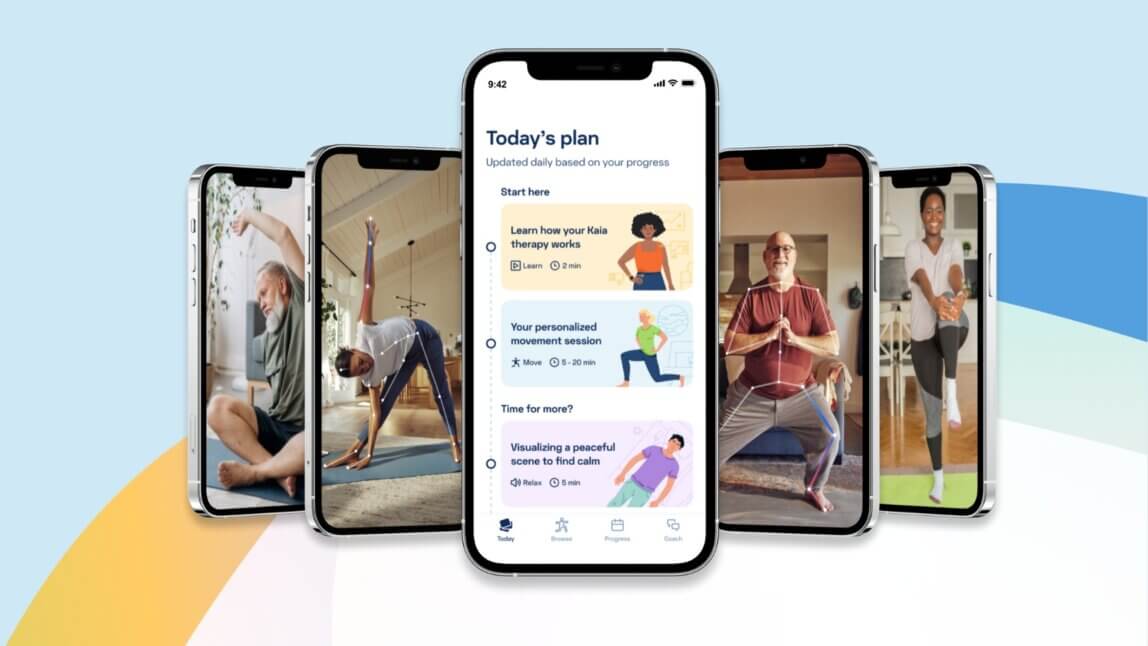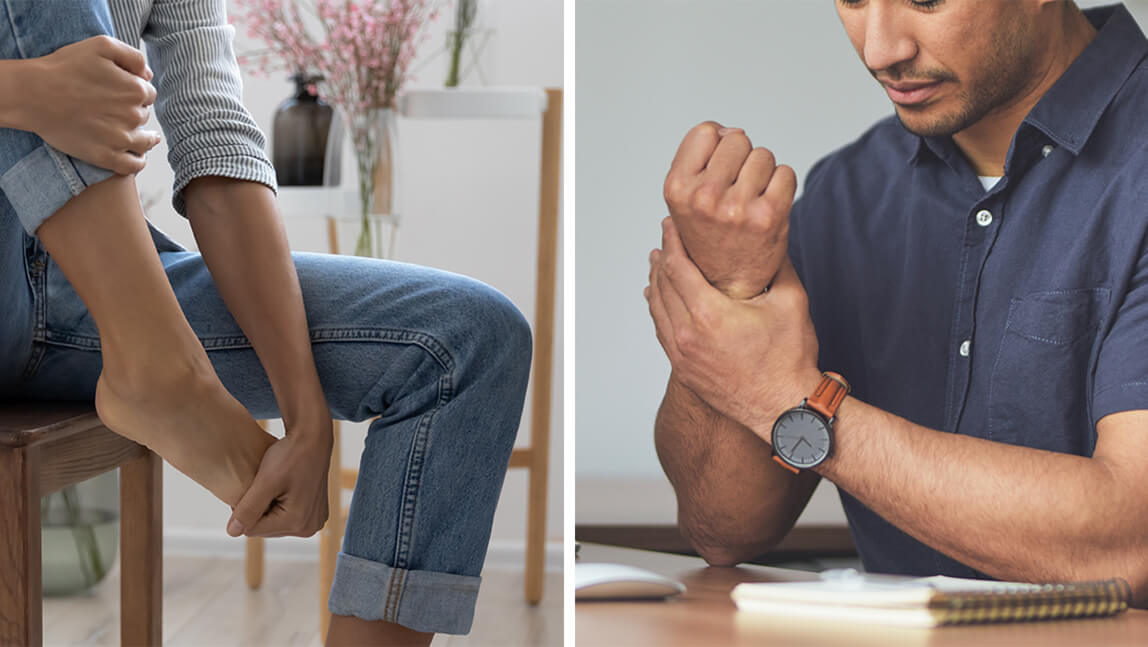
Understanding Types of Pain
Ouch! You’ve strained a muscle in your leg by overstretching it in yoga class. It’s uncomfortable for a few days, but after some rest, ice, compression, and elevation (RICE), you’re back on your cheery yoga mat.
4 min read

Further Reading
-
 Results validate that Kaia Health’s Motion Coach™ has the ability to consistently match the feedback provided by physiotherapists across six different exercises.3 min read
Results validate that Kaia Health’s Motion Coach™ has the ability to consistently match the feedback provided by physiotherapists across six different exercises.3 min read -

Wrist + Ankle Sprains: Care and Prevention
Wrist and ankles are more likely to get sprained. That’s why it’s important to care for sprains right away and prevent them from happening.6 min read -
Kaia Health plans to expand digital therapeutics in the U.S. & Europe
Investment will strengthen company’s clinical capabilities and treatments for musculoskeletal (MSK) conditions and chronic obstructive pulmonary disease (COPD)2 min read